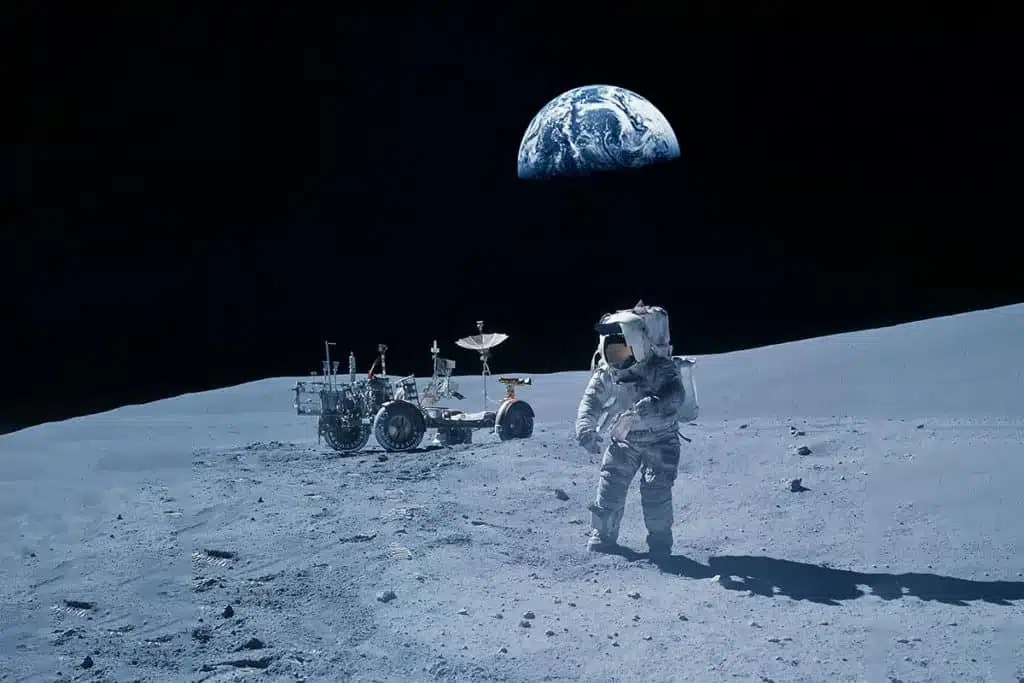Space is not a place humans were designed to live in, so being there can present serious health risks. NASA and other space agencies have a primary goal of identifying these risks in order to reduce them.
This was the main theme of NASA’s Spaceflight for Everybody Virtual Symposium, held in November. It is a virtual symposium that aims to discuss current knowledge and research on spaceflight’s impact on human health. NASA scientists addressed these issues during a Nov. 9 panel discussion entitled “Human Health Risks In the Development of Future Programs”. They also discussed how they use existing knowledge to plan future missions.
Panelists stressed that space travel presents complex health risks and that it is important to consider all possible risks when planning future missions.
There are five types of risk
The scientists identified five major types of risks when discussing living in space and space travel.
Radiation and altered gravity are two types of risks that space travel can bring, according to them. Both can have serious negative effects on the brain and body, according to research. Other risks, such as isolation and confinement, as well as being placed in a hostile, closed environment, are posed by living conditions that require space. These include risks to mental and physical health.
There are also the risks associated with living far from Earth. Living in space is more risky than living on Earth.
With longer travels further away, it will be very difficult to access everything from fresh food and unexpired medications. The International Space Station is a good place to start, as astronauts can be found within easy reach. We can also routinely send supplies to crews in orbit. However, a mission to Mars or the moon would present more challenges.
Communication delays will increase and there will likely be communication blackouts. Sharmi Watkins was an assistant director for exploration at NASA’s Human Health and Performance Directorate and served as a panelist in this discussion. It would take longer to return to Earth in the event of a medical emergency.
Watkins stated, “We are not going to measure it within hours, but in days, as in the case with the moon, and possibly weeks or months when we start thinking about Mars.”

Steve Platts is the NASA chief scientist for human research. He discussed the different levels of space risk and how NASA employs a “phased approach to human health research.” This approach includes research on the effects space travel has on human health. It also involves simulated environments on Earth such as radiation exposure at Brookhaven National Laboratory in Long Island and isolation experiments in Antarctica. Experiments on the space station will also help us prepare for risks on Mars and the moon. These phases are built on the knowledge from simulations.
Platts stated that “We do work in Earth, we do work at low earth orbit, and then we’ll do lunar missions all to help get us to Mars,”
Regardless of how well we prepare on Earth for space missions, there is always risk. NASA has established health standards to reduce this risk.
NASA has more than 800 health standards they have developed from current research. These standards cover everything, from the amount of space astronauts need to have in a spacecraft to the maximum muscle and bone loss that an astronaut can sustain without being seriously injured. These standards include the requirements for astronauts to be in good physical condition before they can go into space. You can find all of NASA’s astronaut health standards online.
While astronauts’ health can be affected by a mission, it can also impact their ability to complete mission tasks. Mary Van Baalen, NASA’s acting director for human system risk management, spoke out as the panel’s moderator. She stressed the interplay of these two types impacts that NASA scientists must consider when planning missions.
She stated that space travel is an intrinsically risky venture. “And the nature and extent of human risk are complex.”
Regardless of how well we prepare on Earth for space missions, there is always risk. NASA has established health standards to reduce this risk.
NASA has more than 800 health standards they have developed from current research. These standards cover everything, from the amount of space astronauts need to have in a spacecraft to how many muscle and bone losses an astronaut can sustain without being seriously injured. These standards include the requirements for astronauts to be in good physical condition before they can go into space. You can find all of NASA’s astronaut health standards online.
While astronauts’ health can be affected by a mission, it can also impact their ability to complete mission tasks. Mary Van Baalen, NASA’s acting director for human system risk management, spoke out as the panel’s moderator. She stressed the interplay of these two types impacts that NASA scientists must consider when planning missions.
She stated that space travel is an intrinsically risky venture. “And the nature and extent of human risk are complex.”





















